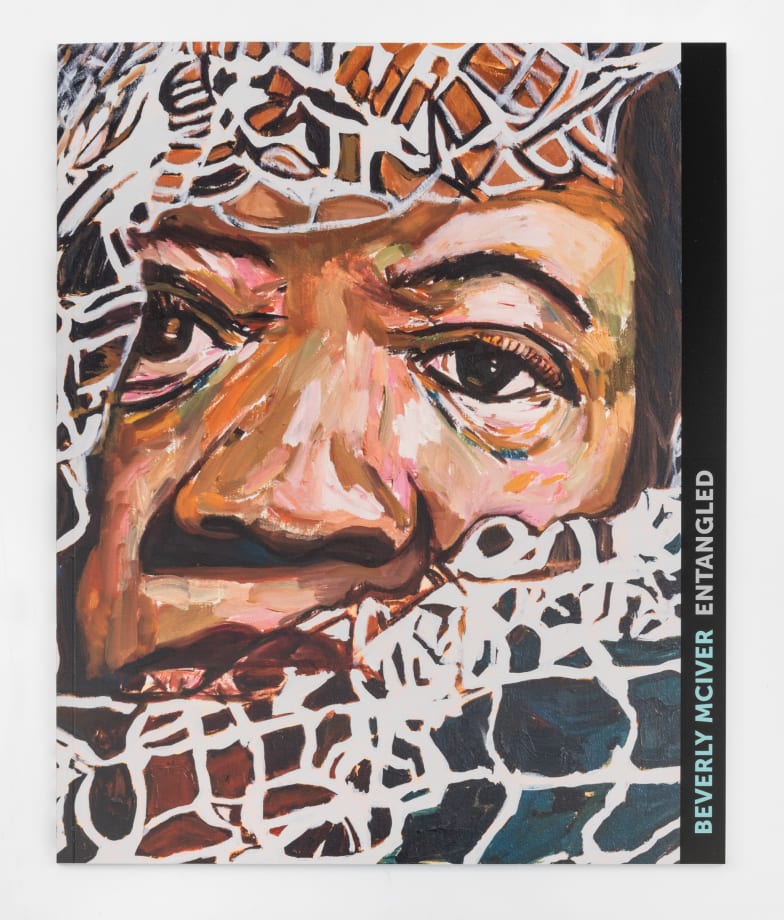Beverly McIver: Entangled
Price
$25.00
Excerpt from Activist Portraiture and the Entanglements of Beverly McIver's Art
Catalog essay for Beverly McIver: BINGO
By Paul B. Jaskot
Beverly McIver's art has always been difficult. At first, this statement may seem a bit surprising. Her main subject of portraiture seems as straightforward as the many family and friends she has portrayed over the span of her career. Even her object-based paintings, like still lifes or dolls, are portrait-like in their reference to a moment in a life, stable and contained. Having long been recognized by scholars and critics, there is nothing straightforward in McIver's art. The forms are enticing but uncomfortable. Rich layers of paint draw the viewer in to sometimes flat or sometimes unresolved surfaces. This doubling is equally apparent in her subjects, particularly in this latest work. She encourages us to see and welcomes us into her vision of the world, reminding us that we cannot see everything. We are in the canvases, but also just outside.
McIver's work challenges us to see her worlds and our world simultaneously. These paintings are both deeply personal and socially engaged. They encourage us to get close, to work out the details of the imagery and to pay attention to the surfaces. At the same time, they direct us outward to ourselves and our world of complexity and contradiction. Some works celebrate the intricacies of the human condition, in all its messiness. Others confront us with the discomfort of our contradictions, and how we all have our role in making an imperfect world. In either case, the paintings are difficult because the problems they present are not readily solvable and the possibilities are not always clear or easy to sustain. These are paintings that we need to work through if we are to have a more critical and creative place for ourselves and our society.
Essay by Paul B. Jaskot
Introduction by Dorothy Moss
Designed by Mark Robinson
Photography by Adam Reich
Published by Berry Campbell
Printed by GHP Media, Connecticut

